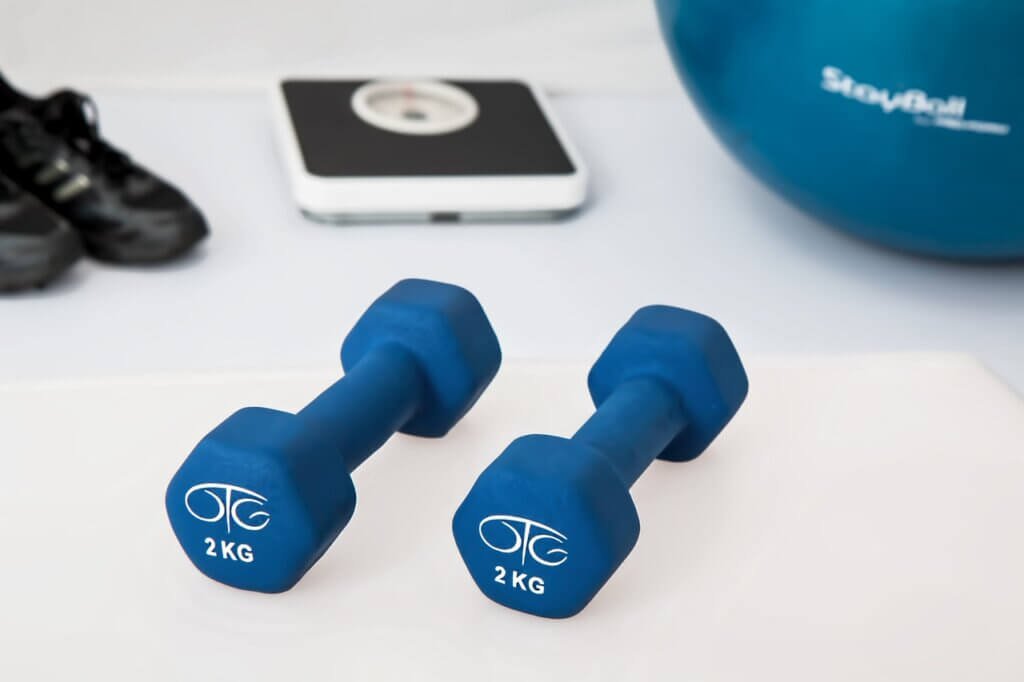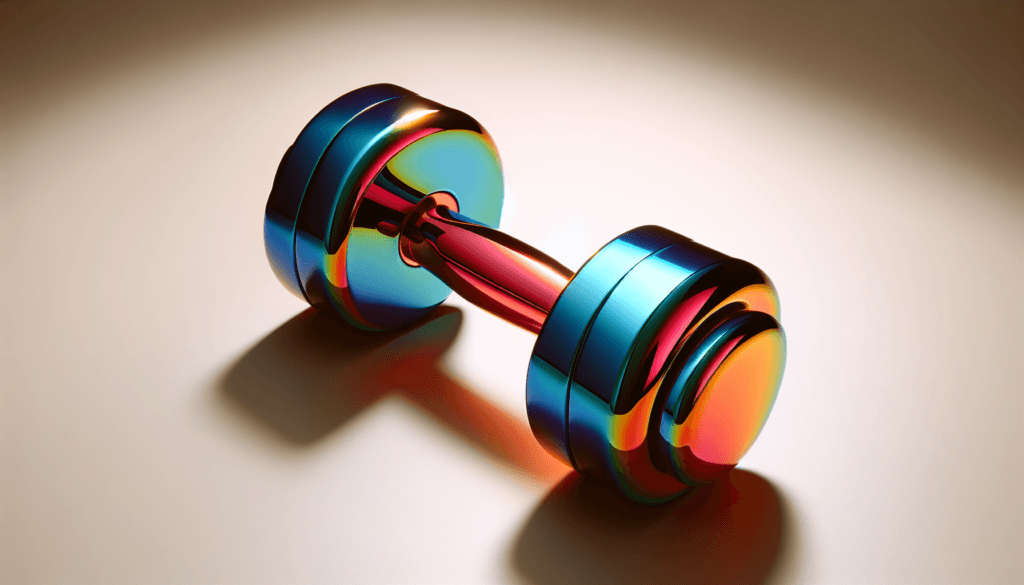Are you looking to enhance your circuit training routine? Look no further! In this article, we will explore the top-rated workout accessories specifically designed to take your circuit training to the next level. Whether you’re a beginner or a seasoned fitness enthusiast, these accessories will not only add variety to your workouts but also help you achieve your fitness goals more effectively. From resistance bands to stability balls, we’ve got you covered. So, let’s jump right in and discover the must-have workout accessories for circuit training!

1. Resistance Bands
Resistance bands are versatile workout tools that can be used for various exercises. They are made of elastic material and come in different types and strengths to accommodate different fitness levels.
a. Types of Resistance Bands
There are several types of resistance bands available on the market. The most common types include loop bands, therapy bands, and tube bands. Loop bands are circular bands that can be easily wrapped around different body parts for targeted exercises. Therapy bands are flat and wide, providing a more gentle resistance. Tube bands, as the name suggests, are tube-shaped with handles on both ends, allowing for a wider range of exercises.
b. Benefits of Resistance Bands
Using resistance bands in your circuit training offers numerous benefits. Firstly, they provide a convenient and portable way to incorporate resistance training into your workouts, making it easy to exercise at home or while traveling. Secondly, resistance bands engage multiple muscle groups, promoting full-body strength and stability. They can be used to target specific muscles or used in compound exercises for a comprehensive workout. Lastly, resistance bands are also great for improving flexibility and range of motion.
c. How to Use Resistance Bands
Using resistance bands is straightforward and beginner-friendly. Start by choosing a band with the appropriate level of resistance for your fitness level. Anchor the band securely, whether by stepping on it or attaching it to a stable object. Hold the band with your hands or wrap it around your body, depending on the exercise. As you perform the movement, the band provides resistance, making the exercise more challenging. Remember to maintain proper form and control throughout each exercise to maximize effectiveness and minimize the risk of injury.

2. Skipping Rope
Skipping rope, also known as jump rope, is a classic workout accessory that is often overlooked but highly effective for circuit training.
a. Benefits of Using a Skipping Rope
Skipping rope offers various benefits, making it a fantastic addition to your circuit training routine. Firstly, it is a great cardio workout that gets your heart rate up and increases endurance. Additionally, it helps improve coordination, balance, and agility. Skipping rope also engages multiple muscle groups, including the arms, shoulders, back, core, and legs. Moreover, it is a low-impact exercise that puts less stress on your joints compared to other forms of cardio.
b. Techniques for Effective Skipping
To get the most out of your skipping rope workout, it’s essential to use proper techniques. Start by holding the handles of the rope with a comfortable grip. Stand with your feet together and keep your elbows close to your sides. Use your wrists to rotate the rope and jump slightly off the ground as it approaches your feet. Land softly on the balls of your feet and maintain a relaxed and steady rhythm. As you become more proficient, you can try different skipping techniques, such as alternating feet, high knees, or double unders.
c. Choosing the Right Skipping Rope
When choosing a skipping rope, consider factors such as length, material, and weight. The length of the rope should be suitable for your height, allowing for proper clearance over your head as you jump. A good rule of thumb is to stand on the rope and ensure the handles reach your armpits. The material should be durable and lightweight, such as nylon or PVC. Finally, consider the weight of the rope. Heavier ropes provide more resistance and are suitable for building strength, while lighter ropes are ideal for speed and agility workouts.

3. Dumbbells
Dumbbells are a staple in any circuit training routine and offer a wide range of exercises to target different muscle groups.
a. Different Types of Dumbbells
There are various types of dumbbells available, each with its own advantages. The most common types include adjustable dumbbells, fixed-weight dumbbells, and hex dumbbells. Adjustable dumbbells allow you to change the weight by adding or removing plates, providing versatility and space-saving benefits. Fixed-weight dumbbells have a set weight and are often made of cast iron or rubber-coated for durability. Hex dumbbells have a hexagonal shape that prevents rolling and provides stability for certain exercises.
b. Benefits of Working Out with Dumbbells
Incorporating dumbbells into your circuit training yields numerous benefits. Firstly, they allow for a wide range of exercises that can be tailored to target specific muscle groups or engage multiple muscles simultaneously. Dumbbells also require more stabilization and balance, engaging your core and promoting functional strength. Additionally, they offer joint-friendly movements compared to certain weightlifting machines, improving overall joint health and reducing the risk of imbalances or injuries.
c. Proper Form and Technique for Dumbbell Exercises
When using dumbbells, it is crucial to maintain proper form and technique to maximize effectiveness and prevent injuries. Start with an appropriate weight that challenges you but allows for proper form. Keep your core engaged and maintain a neutral spine throughout each exercise. When lifting, focus on the specific muscle being targeted and avoid using momentum or excessive swinging. Control the movement both on the lifting and lowering phases, ensuring a slow and controlled motion. If unsure about proper form, consider consulting with a certified fitness professional or referring to reliable resources for guidance.
… (Continue writing in a similar format for the remaining sections)



